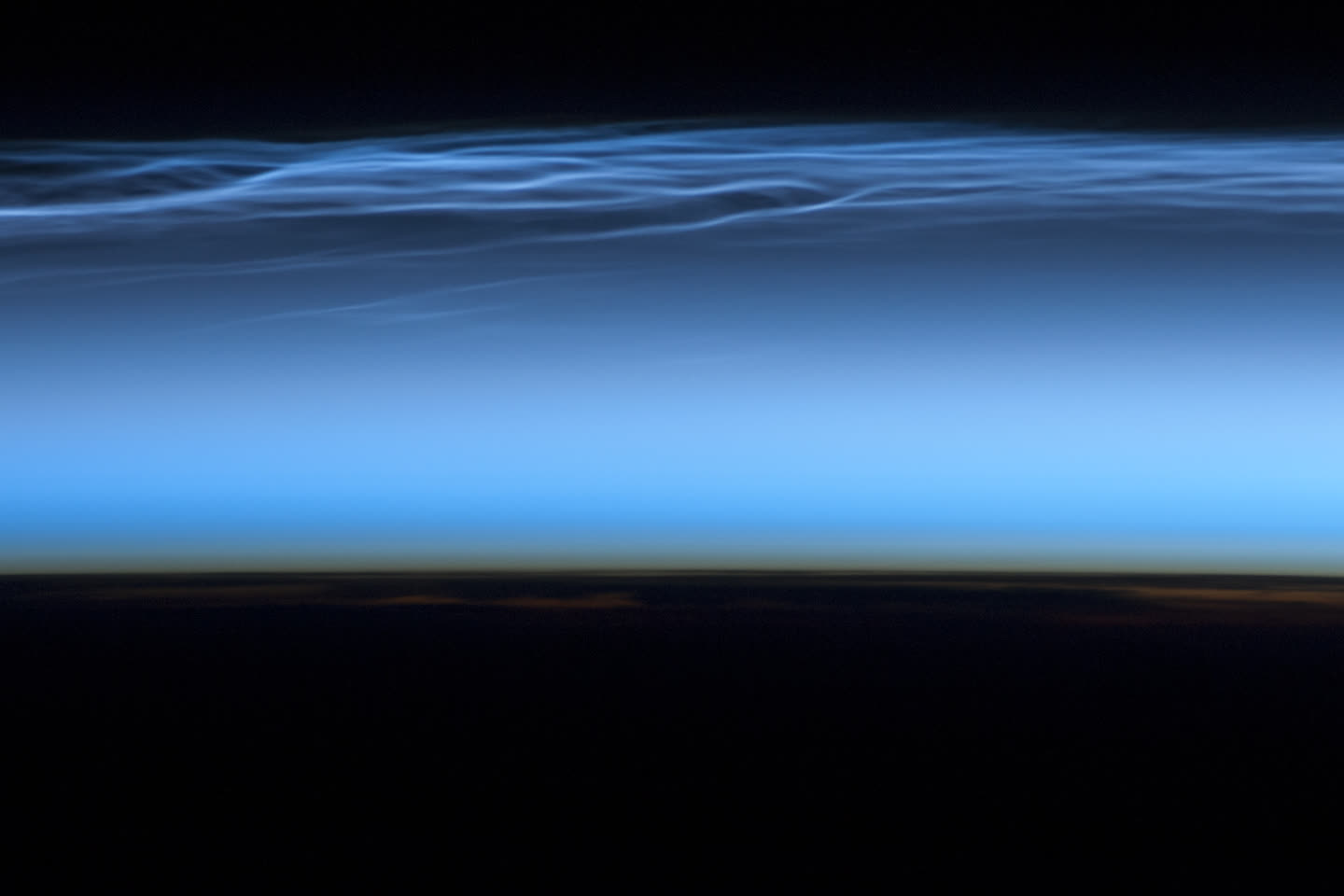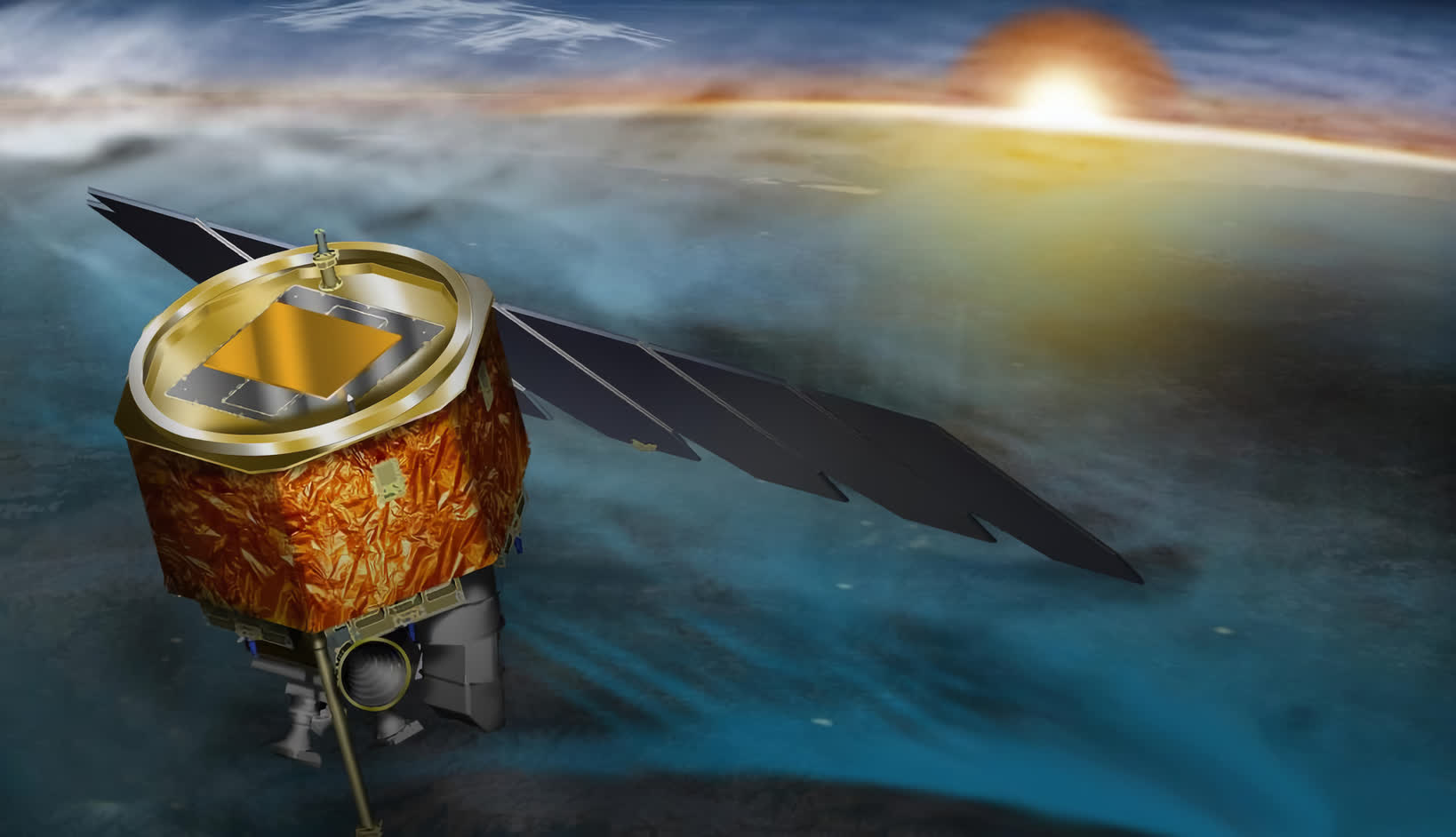Recap: It looks to be the end of the line for NASA's Aeronomy of Ice in the Mesosphere, or AIM, spacecraft. The mission launched on April 25, 2007, as part of the Small Explorer program (the 90th such mission since 1958). The satellite featured three science instruments designed to study polar mesospheric clouds (PMCs) that form high above Earth in the polar regions.
The satellite was put into orbit 312 miles up. Data from the long-running mission helped scientists better understand the formation of these unique clouds, also called night-shining or noctilucent clouds, and was featured in 379 peer-reviewed scientific papers over the years.
AIM had a planned mission duration of just 26 months but has been operating mostly issue-free for nearly 16 years. In 2019, however, NASA noticed the satellite's batteries were starting to degrade but were still functional enough to continue to collect a significant amount of data and return it to Earth.
NASA said the craft's battery has reached a point where it is no longer able to receive commands or collect data. The space agency will monitor the satellite for a two-week period and attempt to reboot it, but it isn't looking good.

NASA has a history of building craft that far exceed their planned mission duration. The InSight lander, for example, was only expected to last about two years but remained active for just over four.
The Ingenuity Mars helicopter, which arrived on the Red Planet along with the Perseverance rover on February 18, 2021, was designed to fly just five times during a 30-day test period. NASA wasn't even sure if controlled flight was possible on Mars, but the craft defied all expectations and has flown 47 times to date.
The near-term fate of the AIM satellite wasn't mentioned, and it's unclear if NASA has the ability to bring it back down to Earth like it has with other decommissioned craft. The satellite measures roughly 1.4m x 1.1m (4 ft 7 in × 3 ft 7 in) and weighs 197 kg (434 pounds). If left unaddressed, it'd add to the growing list of space junk orbiting our planet.
